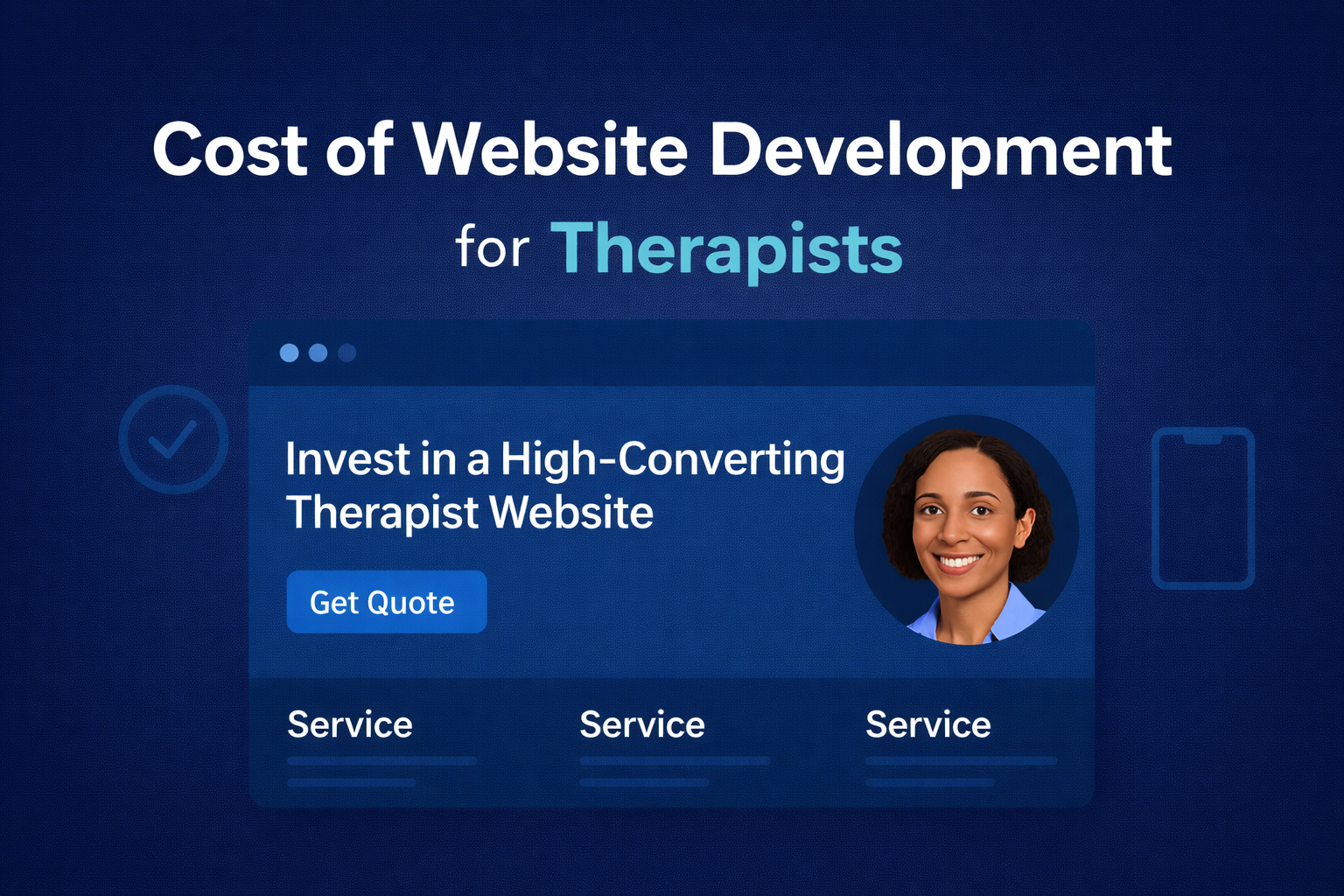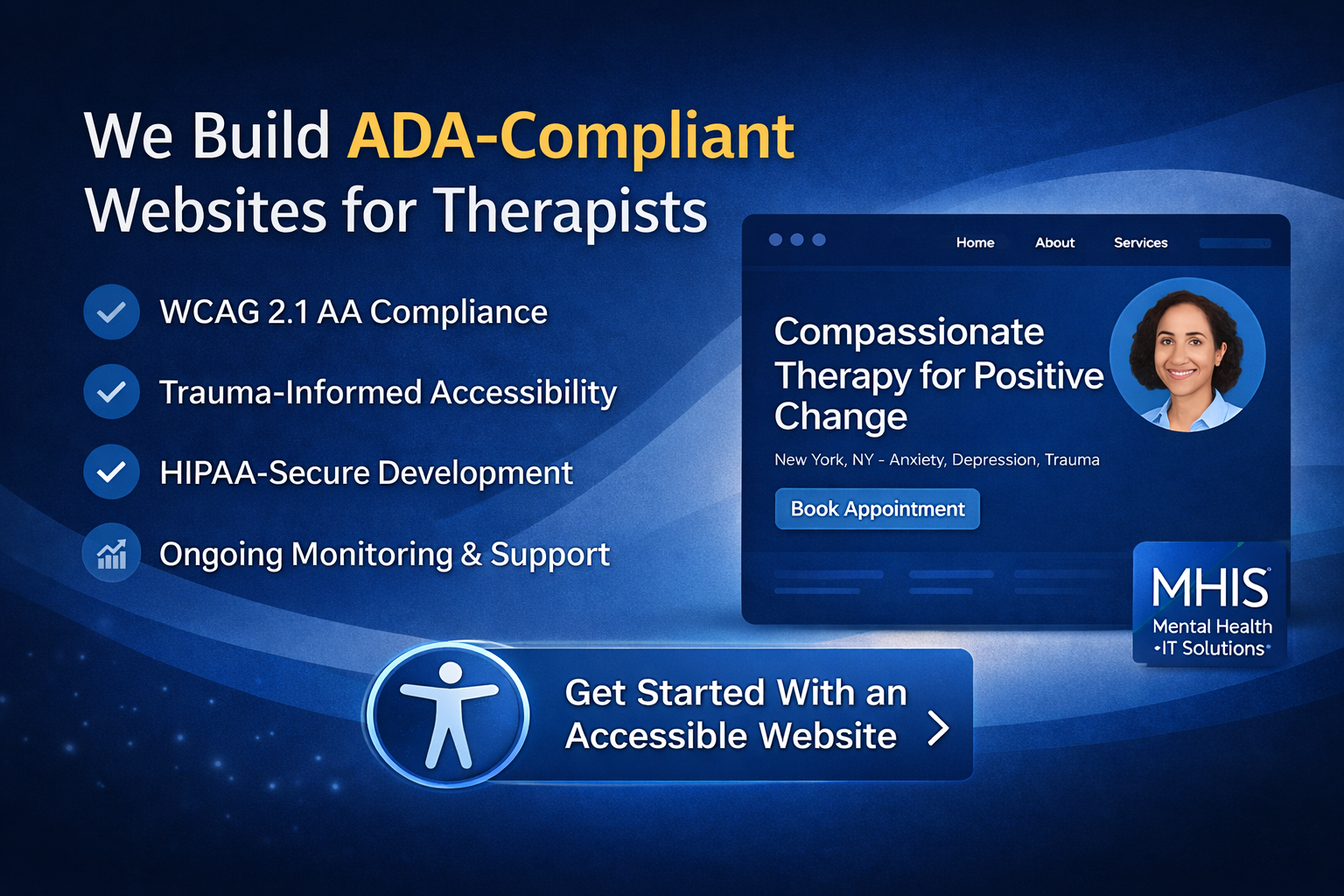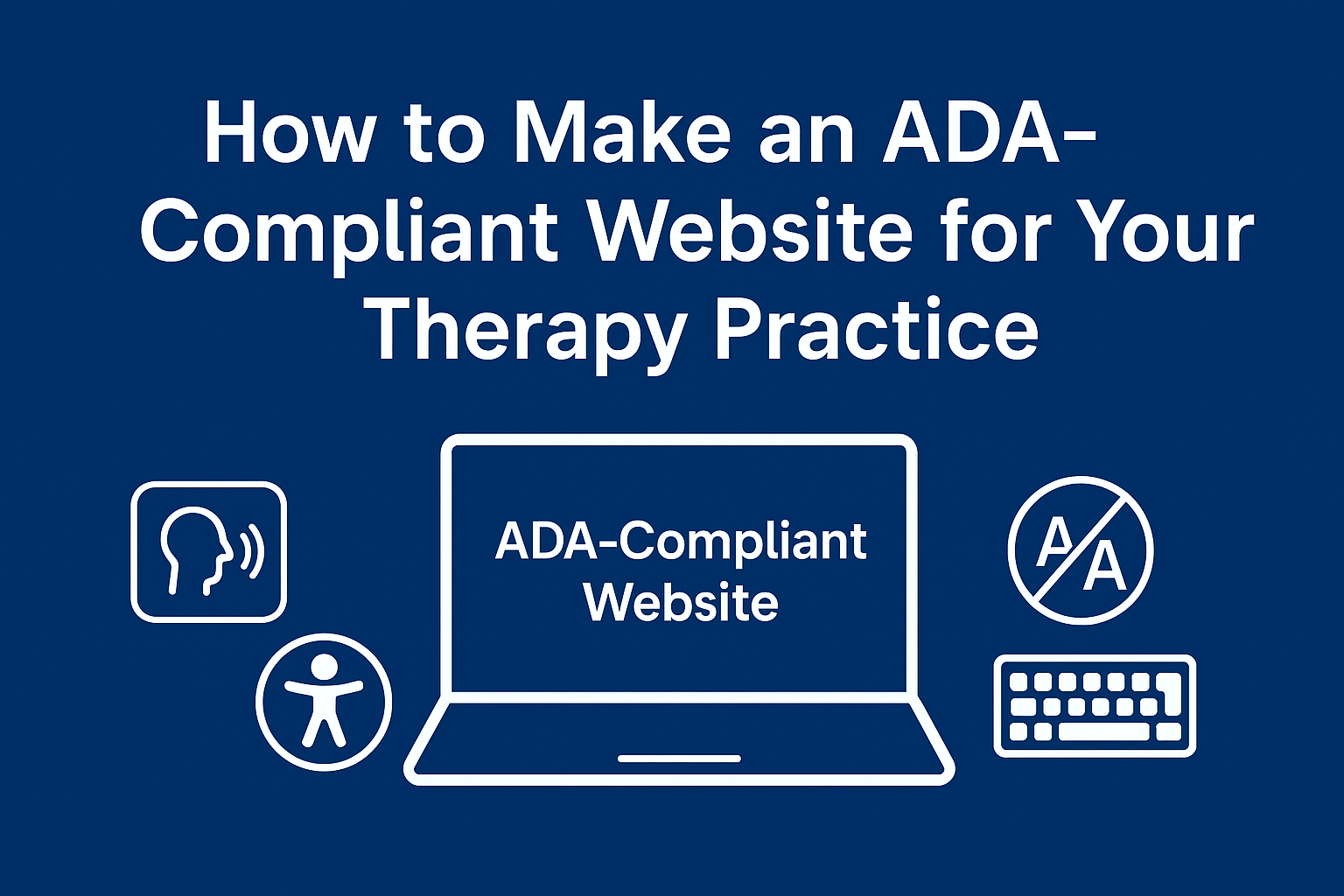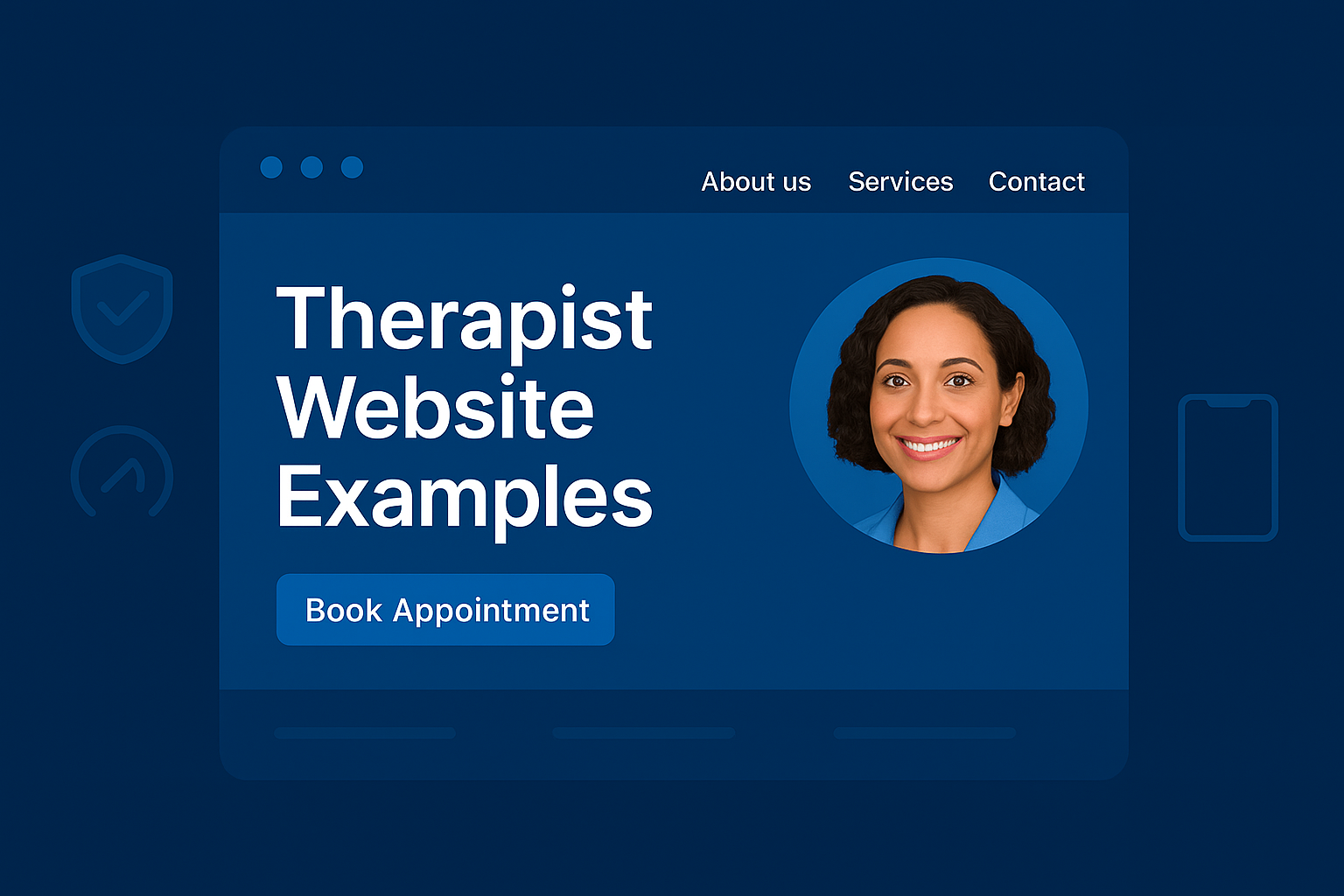When potential clients ask Google, “What should a therapist website include?” — the answer needs to come from you. A therapist’s website isn’t just a digital brochure — it’s a client’s first impression, your referral engine, and often, the deciding factor between choosing you or clicking away.
With increasing competition and tech-savvy clients in 2025, therapists need a website that is functional, voice-search friendly, and conversion-driven. This guide outlines all the must-have features, with examples tailored for solo practitioners, LMFTs, and group practices.
Why Therapist Websites Matter More Than Ever
Clients use voice assistants to ask:
- “Who’s a good therapist near me?”
- “What kind of therapy is right for me?”
- “Can I book a counseling session online?”
If your website isn’t built to answer these types of questions clearly and quickly, you’re missing out on valuable traffic — and trust.
Key Website Features Every Therapist Needs in 2025
✅ 1. Mobile-First, Fast-Loading Design
Over 70% of therapy website traffic comes from mobile devices. Your website should:
- Load in under 3 seconds
- Be fully responsive on all screen sizes
- Use clear, easy-to-read fonts and navigation
📌 Relevant Guide: High-Converting Teletherapy Website
✅ 2. Clear Call-to-Action (CTA)
Make it easy for clients to take action:
- “Book a Session”
- “Schedule a Free Call”
- “Check Availability”
Place CTAs:
- In the top header
- After every key service section
- In the footer for mobile users
📌 Relevant Read: Top LMFT Private Practice Website Mistakes
✅ 3. HIPAA-Compliant Contact Forms
If your form collects Protected Health Information (PHI), you must be HIPAA-compliant.
- Use encrypted forms
- Store data securely
- Consider integrating secure intake portals
📌 More Info: HIPAA-Compliant Tech for LMFTs
✅ 4. Detailed Service Pages
Don’t list “individual therapy” and stop there. Expand with:
- Service descriptions
- Treatment methods
- Target audiences
- FAQs
Each page is an SEO opportunity to capture voice queries like:
- “Do you offer CBT for teenagers?”
- “Can I get therapy for trauma online?”
📌 Explore: Custom-Built Teletherapy Website
✅ 5. Teletherapy Integration
In 2025, offering virtual therapy is no longer optional. Your website should:
- Clearly state that you offer telehealth
- Show how clients can book remote sessions
- Include HIPAA-compliant video tools
📌 Learn More: How to Start a Successful Teletherapy Practice
✅ 6. Voice Search-Optimized Blog Content
Every blog should answer questions clients actually ask:
- “Is online therapy effective?”
- “How do I deal with anxiety without medication?”
- “Can I see a therapist without insurance?”
Use headings like:
- “What’s the best type of therapy for anxiety?”
- “How does therapy work for couples?”
📌 Related: The Role of SEO in Helping LMFTs Get Found Online
✅ 7. Trust Elements (Reviews, Photos, Licenses)
- Add testimonials or video reviews (with consent)
- Display credentials (e.g., LMFT, PhD)
- Include real photos of your therapy space
These increase conversion and reduce bounce rate.
📌 See Also: Build Your LMFT Online Presence in 2025
✅ 8. SEO Essentials for Visibility
Include:
- Optimized page titles and meta descriptions
- Location-based keywords
- Internal links to blog posts and service pages
📌 Best Practice Guide: SEO for Therapists: Attract the Right Clients
Final Thoughts
Therapist websites in 2025 must be more than just informational. They need to:
- Speak the client’s language
- Load fast on mobile
- Answer voice-style questions
- Integrate modern tools like booking, chat, and teletherapy
If your current site is outdated or underperforming, now is the time to rebuild with intention.
📞 Let MHIS help you turn your website into your #1 client acquisition tool.
Explore Therapist Website Solutions







